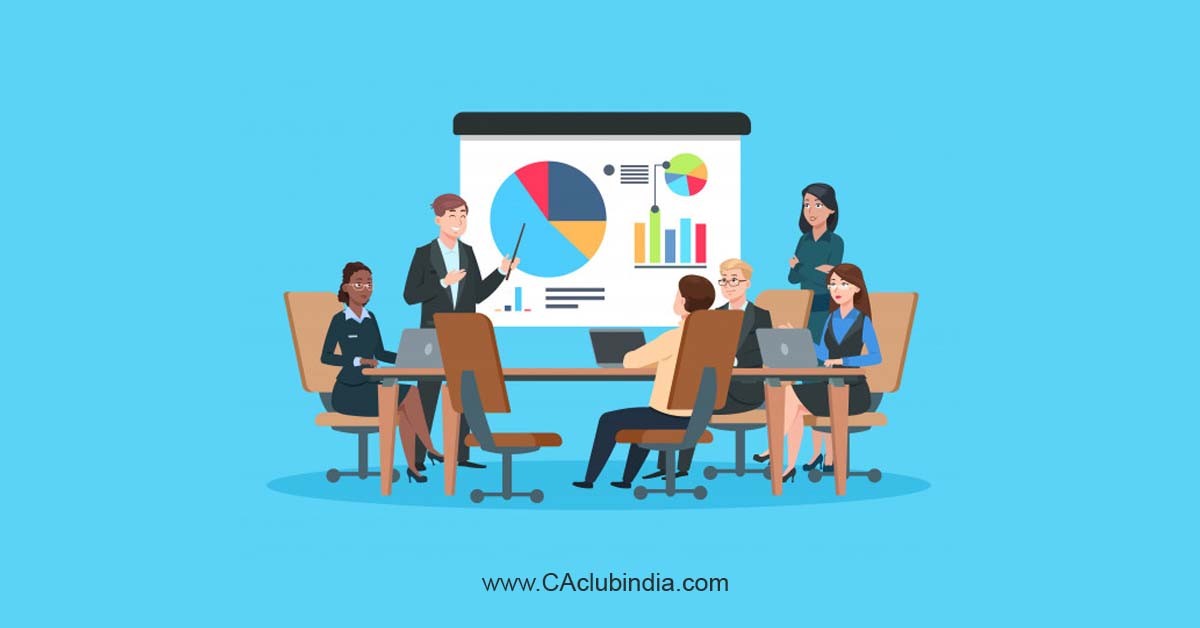My name is Sahil. I'm a senior accountant in a retail company in Faridabad, Haryana. (I prefer not to disclose the company name to keep this article unassociated with my colleagues).
Recently, I read an article here about data entry automation into Tally. I'd like to share my personal experience to show how breaking a personal mindset could be extremely effective for accounting and the whole business.
4 years ago, when I started work in the company as a senior accountant, I faced a mess in documents and processes due to staff turnover. It was my first time in a leading position and I was inspired to realize all the previous ideas in real life. I thought that I could change it by hiring the best people for my team. But the reality was different. At that time we had to change accounting staff approximately every 3-6 months. I was absolutely exhausted from hiring and onboarding freshers and checking errors. Perhaps we didn't pay a lot and that could be one more reason. But now I think that overworking was the main reason.

We have a huge amount of suppliers and ledgers. Receiving over 400 sales invoices, and purchase invoices monthly we really made errors. I struggled every time to prepare the GST report on time by the end of each month, and still got penalties of 50-100 INR per day. This problem occurred regularly, monthly. I struggled, but couldn't change the situation. Once in 2019, I visited my brother who lived in Mumbai and worked in Finance. He had to participate in the Finance Technology Exhibition and we went together. I was impressed by how huge is the impact of IT on the Finance sphere and decided that accounting isn't ready for it. That was before COVID-19 time and I was skeptical about automation.
Later in 2022, when COVID-19 showed that digitalization is an absolutely vital process, I decided to keep up with the times and look closely at technology that could help me in accounting duties. Mostly I found accounting software and different plugins for Zoho Books, and Tally. To be honest, I tried lots of applications for making invoices, transferring PDF to Excel, but mostly they were rather “raw” and made more problems than benefits. My colleagues called me a “crazy tech enthusiast”, but I continued to read and look for the best practices in accounting automation. Finally, I learned about OCR technology and Data Management Systems that help to recognize, input and even sign different types of documents. The first idea was, could I use it in accounting, for data entry, as we still spent hours entering sales invoices into Tally.
I searched on Google and found a range of solutions that offer document recognition – IBM, Autoentry, Dext and some local software for Tally. They were good in the recognition part, but absolutely uncomfortable, and unuseful for my accounting goals.
Finally, I liked Entera, a software for automated data entry, as it had integration with Tally, maintained bulk import from jpg, excel and had international experience in accounting, but at that time it didn't recognize sales invoices (in a few months they realized sales invoices functionality and now I can upload all documents automatically into Tally).
I got a 3-month subscription to try Entera with my documents. It took some time to explain to colleagues why are trying automated data entry.
Entera's team helped with settings and taught the team how to work with the software most efficiently. We learned how to upload documents quickly without any scanner: by taking phone pictures, by forwarding emails with documents directly to Entera. They also taught us how to do item matching and work with ledgers.
The result of the first month of the experiment was that we entered all purchase invoices in time! It was my own victory! I'm able to automate the data entry process and save time thanks to technologies! To be concrete, with automation we reduced time for data entry from 40 to 10 hours per month. Additionally, the average time I spent checking and correcting errors was reduced from 20 hours to just 5 hours. This significant reduction in data entry freed up my time and the accountants' schedules. As a result, we began to deliver the GST reports on time without penalties.
In conclusion, I'll list the pros and cons of data entry automation:
- You have to change your mindset to switch from manual data entry to automation.
- You have to learn accountants to use the software effectively (normally the supplier helps with it).
- You have to calculate if automation is profitable in your case, as you have to pay for the software.
- Within 2-3 months, you'll experience benefits like reduced process costs and increased data accuracy. Indirectly data entry automation affects reducing tax penalties, dependence on staff turnover and human factors in general.
Now I'm 100% digital-oriented and absolutely for automation, as I got the result. Try it or not? I suggest giving it a try. Entera gives a free trial period and a personal demo with an expert. At least you'll get your personal experience.









 CAclubindia
CAclubindia
